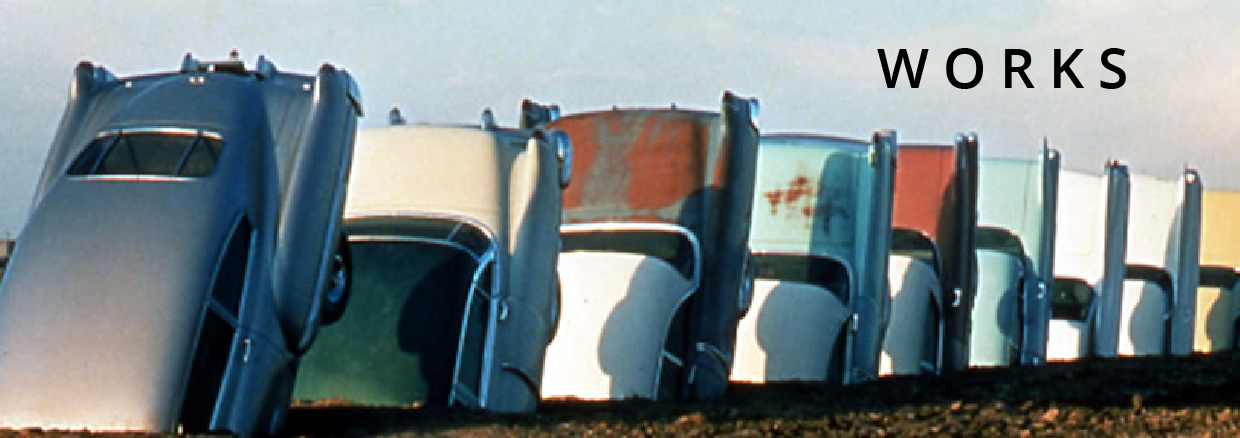Le Tombeau de Liberace
for piano and orchestra (1996)
Instrumentation: Solo piano; flute (piccolo), oboe, clarinet, bassoon; 2 horns, trumpet, trombone, tuba; 2 percussion; strings (1/1/1/1/1 or small complements)
Publisher: Boosey and Hawkes, Hendon Music (BMI)
Duration: 16 minutes
Program Note:
The pianist and entertainer known as Liberace is one of the most intriguing American icons for crossing over, in more ways than one. Dressed in spectacular furs and rhinestone costumes, Wladziu Valentino Liberace (1919-1993) was famous for performing polkas, Broadway tunes, and arrangements of the classical piano repertoire accompanied by a Las Vegas showband. In my tribute to Liberace, I do not treat popular music as a foreign intrusion into the abstract idiom of contemporary classical composition. Starting from the vernacular idiom, I have composed Le Tombeau de Liberace (1996) as a meditation on the American sublime: a lexicon of forbidden music. The first movement, “Rhinestone Kickstep,” conveys the feeling of strutting down the glittering cement streets of Las Vegas, in boogie-woogie rhythms. The second movement, “How Do I Love Thee?,” comes from the well-known sonnet by Elizabeth Barrett Browning, frequently recited by Liberace during his performances. In “Sequin Music,” the arpeggiated piano riffs are based on a sequence of musical notes which I noticed on the wall of Liberace’s famous piano-shaped swimming pool. The effect of the cadenza is dodecaphonic: after all, Liberace’s Los Angeles mansion was not so far from Schoenberg’s neighborhood. The composition concludes with “Candelabra Rhumba,” a pianistic tour de force that recreates the excitement of a Vegas showband, keeping the candles on Liberace’s candelabra lit.
–Michael Daugherty
